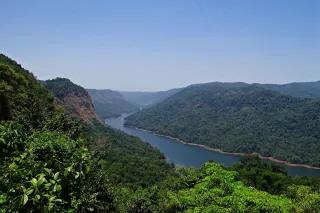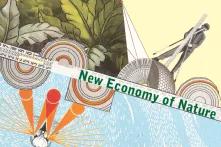A new policy paper by the Global Forest Coalition addresses offsets to biodiversity. It shows that offsets mostly do not contribute to biodiversity conservation and also have significant negative impacts on women and indigenous peoples.
>>Read the policy paper directly!

The concepts of „Net Gain” and “No Net Loss” (NNL) have become increasingly popular in global biodiversity policy. The first draft of a new global biodiversity framework released by the UN Convention on Biodiversity (CBD) embraces the concept of No Net Loss by incorporating the terminology “net improvements” and by proposing it as a milestone for the enhancement of ecosystem integrity. Biodiversity offsets are at the heart of these concepts, as they claim to compensate for environmental damage caused by extractive industries, infrastructure and other development projects.
A new briefing paper by the Global Forest Coalition explores biodiversity offsets and shows that they do not only fail to contribute to biodiversity conservation, but also have significant negative social and cultural impacts which disproportionately affect women and Indigenous communities. Case studies from India and other countries exemplify this and show that offsets harm both the site that is being compensated and the places where the offset takes place.
The Policy Briefing tells the story of biodiversity offsets and explains how the climate of neoliberalism that they emerged from informs its objectives to this day. While offsets have frequently made negative headlines in recent times, the concepts of Net Gain, No Net Loss and Net Zero have gained considerable momentum through the international climate negotiations. These approaches inherently ignore the local social, economic and cultural values of biodiversity. In light of the seriousness of the biodiversity crisis, there also is no ecological space left for “net” approaches.


